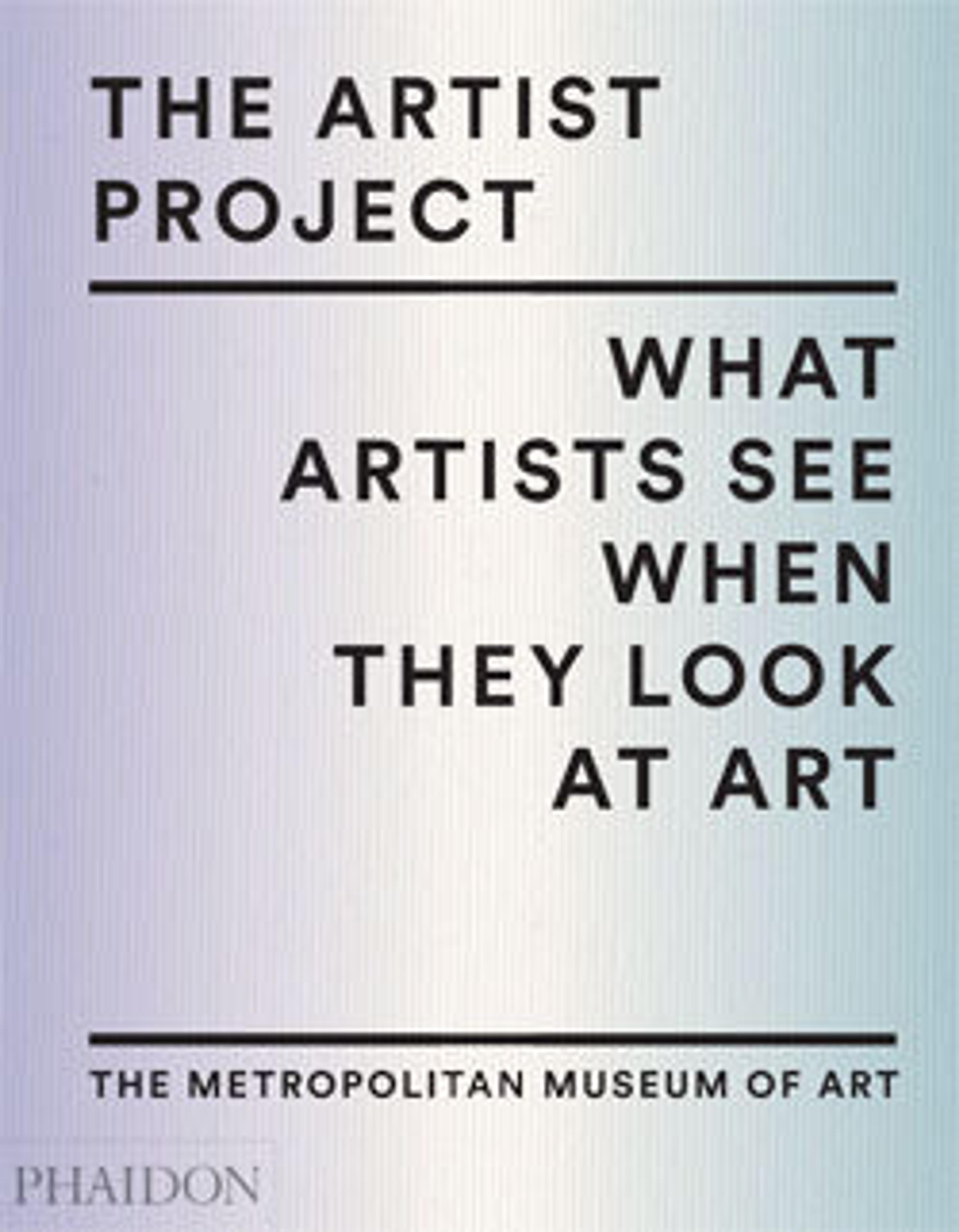Mask
Lifesize hammered masks are the largest objects produced in gold in the ancient Americas. While most masks were presumably made as burial offerings, this example, with its pierced eyes, cutout mouth, and additional holes for tying at the sides, could have been worn by an individual during life in a ritual or ceremony before being placed with his material wealth in a tomb. The mask comes from the Calima River region in southwestern Colombia, where abundant alluvial gold deposits prompted a distinguished goldworking tradition that lasted for at least 2,000 years. Hammered from a single sheet of metal of high carat gold (its alloy contains 86 percent gold, 13 percent silver, and one percent copper), Calima masks of the Ilama era are often flat, with generic details of the human face. On this example, the features are individualized with puffy bags beneath the eyes, a broad nose with flared nostrils, big, round, bulging cheeks, and a fat-lipped open mouth.
Artwork Details
- Title: Mask
- Artist: Calima (Ilama) artist
- Date: 1000–100 BCE
- Geography: Colombia, Calima Valley region
- Culture: Calima (Ilama)
- Medium: Gold
- Dimensions: H. 7 1/2 × W. 9 3/8 × D. 3 3/4 in. (19.1 × 23.8 × 9.5 cm)
- Classification: Metal-Ornaments
- Credit Line: Jan Mitchell and Sons Collection, Gift of Jan Mitchell, 1991
- Object Number: 1991.419.39
- Curatorial Department: The Michael C. Rockefeller Wing
More Artwork
Research Resources
The Met provides unparalleled resources for research and welcomes an international community of students and scholars. The Met's Open Access API is where creators and researchers can connect to the The Met collection. Open Access data and public domain images are available for unrestricted commercial and noncommercial use without permission or fee.
To request images under copyright and other restrictions, please use this Image Request form.
Feedback
We continue to research and examine historical and cultural context for objects in The Met collection. If you have comments or questions about this object record, please contact us using the form below. The Museum looks forward to receiving your comments.
